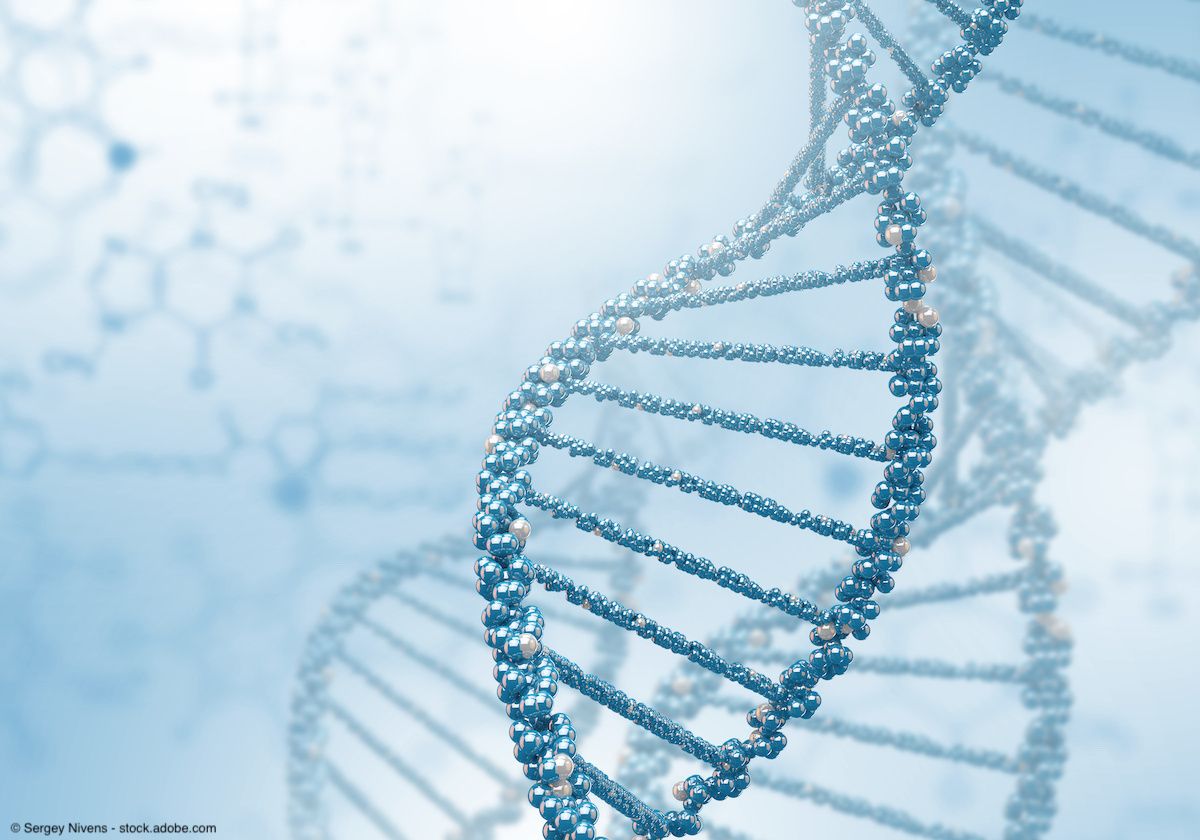News
Article
Novel PET agent [68Ga]Ga-DPI-4452 shows promise in renal cell carcinoma
Author(s):
The novel agent [68Ga]Ga-DPI-4452 (Debio 0328) provided “outstanding imaging” in patients with clear cell renal cell carcinoma (ccRCC), according to findings from a first-in-human phase 1/2 GaLuCi study (NCT05706129) published in The Journal of Nuclear Medicine.1,2
Michael Hofman MBBS, FRACP, FAANMS

High-quality imaging with [68Ga]Ga-DPI-4452, a carbonic anhydrase IX (CAIX)-targeting radiolabeled peptide, was observed by researchers as early as 15 minutes after administration, and tumor uptake of [68Ga]Ga-DPI-4452 continued up to 4 hours later. There were only low doses of [68Ga]Ga-DPI-4452 absorbed in the kidney, liver, and bone marrow, and elimination of [68Ga]Ga-DPI-4452 from urine and blood was rapid.
Across a total of 36 lesions, the mean SUVmax at 1-hour post-administration was 64.6 (range, 6.8-211.6). Of note, among the 36 lesions identified by PET, there were 17 metastases in bone, lymph nodes, lungs, pancreas, and parotid glands that conventional imaging failed to identify.
“The CAIX encoding gene is overexpressed in more than 90% of ccRCC cases and is restricted to gastrointestinal tissue, presenting both diagnostic and therapeutic opportunities,” lead study author Michael Hofman MBBS, FRACP, FAANMS, nuclear medicine specialist at the Peter MacCallum Cancer Centre in Melbourne, Australia, stated in a news release.
The results from the open-label, nonrandomized, multicenter phase 1/2 GaLuCi study included 3 patients with histologically confirmed metastatic ccRCC who were aged 54 (patient 1), 51 (patient 2), and 48 years (patient 3), respectively. Patient 1 had an ECOG performance status of 1, and patients 2 and 3 both had an ECOG performance status of 0. At the time of the study, all 3 patients had already received or were being treated with second-line therapy.
Patients were administered [68Ga]Ga-DPI-4452 followed by whole-body PET/CT at timepoints of 15 minutes, 1 hour, 2 hours, and 4 hours.
Hofman et al evaluated safety and tolerability of [68Ga]Ga-DPI-4452 up to 7 days after patients received the agent. They did not observe any clinically significant toxicity. Treatment-emergent adverse events included 1 case each of headache and blood creatine kinase; however, neither of these events was determined to be related to [68Ga]Ga-DPI-4452. Hofman et al also did not observe any significant changes in laboratory assessments, vital signs, or electrocardiograms.
“[68Ga]Ga-DPI-4452 PET/CT revealed an exceptionally high tumor-to-background ratio, with background tissues nearly invisible with the exception of gastro-intestinal uptake. One-hour after administration was deemed the optimal time point for lesion assessment, which is substantially shorter than the 3 to7 days needed in previous PET imaging studies using antibody approaches,” Hofman stated in the news release.
“Further work is now needed to assess whether this new imaging test could improve patient diagnosis, management, and outcomes. These findings are also encouraging for the evaluation of [the targeted therapy] 177Lu-DPI-4452 as a treatment for ccRCC, which will be examined in the second arm of GaLuCi study,” he added.
References
1. New PET Agent Provides Exceptional Same-Day Imaging for Clear Cell Renal Cell Carcinoma Patients. Published online. Published online May 7, 2024. Accessed May 8, 2024. https://www.snmmi.org/NewsPublications/NewsDetail.aspx?ItemNumber=46680
2.Hofman MS, Tran B, Feldman DR, et al. First-in-Human Safety, Imaging, and Dosimetry of a Carbonic Anhydrase IX-Targeting Peptide, [68Ga]Ga-DPI-4452, in Patients with Clear Cell Renal Cell Carcinoma. J Nucl Med. 2024;65(5):740-743. doi: 10.2967/jnumed.123.267175
















